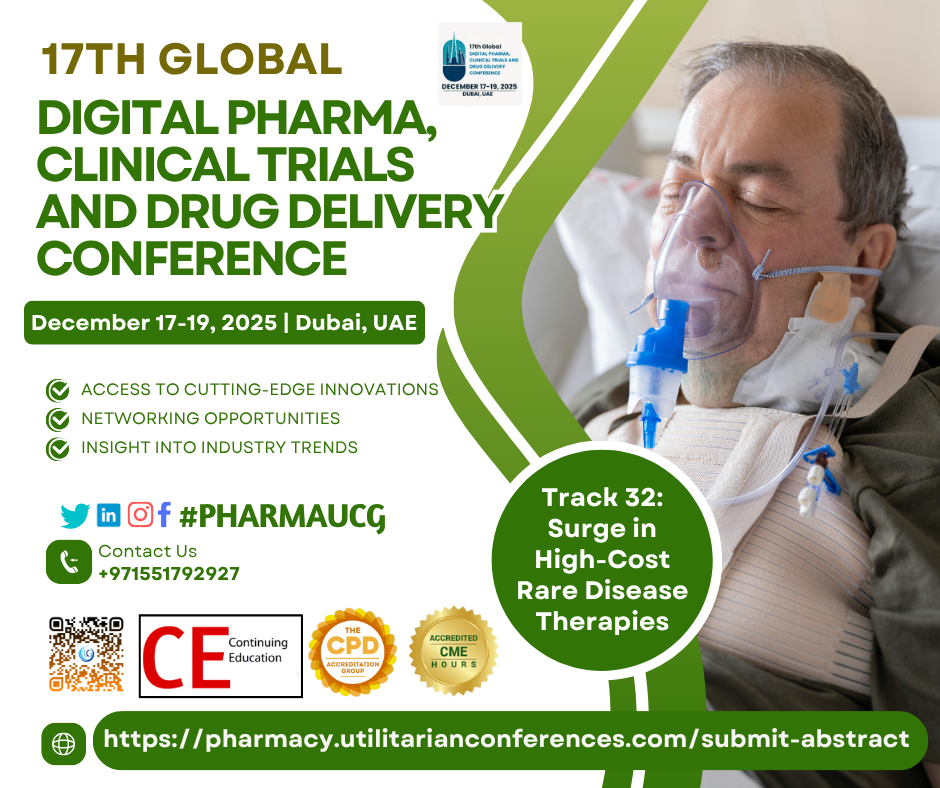



The term "pharmaceutical" refers to anything related to the...

Drug discovery and development is the complex and multi-step process of creating new...

The pharmaceutical landscape is experiencing a notable shift with a surge in the development and approval of high-cost therapies targeting rare diseases — also known as orphan drugs. Driven by advances in genomics, precision medicine, and biotechnologies such as gene and cell therapies, these treatments are offering unprecedented hope for patients with previously untreatable or life-limiting conditions.
However, the extraordinary cost associated with these therapies — often exceeding hundreds of thousands to millions of dollars per patient — is raising critical concerns among payers, policymakers, and healthcare systems. While the economic model for orphan drug development is justified by small patient populations and complex R&D processes, the rapid influx of such high-priced treatments is challenging the sustainability of global reimbursement frameworks.
This surge is also reshaping the pharma value chain:
Regulators are accelerating approvals through orphan drug incentives.
Payers are demanding innovative pricing models such as outcomes-based agreements.
Biotech startups are gaining traction as key players in rare disease innovation.
As this trend continues, the industry must strike a balance between rewarding innovation and ensuring equitable access, requiring cross-sector collaboration and novel health economic strategies.
The rise of rare disease therapies marks a new era of precision and personalization — but also tests the resilience and adaptability of global healthcare systems.